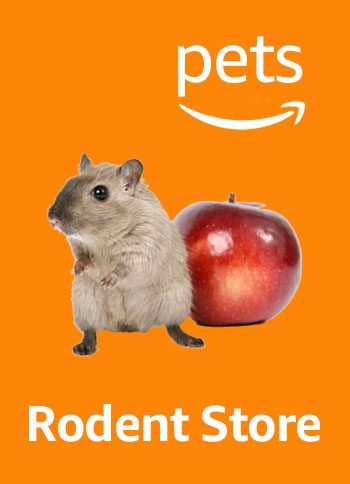Feeding wildlife near your home may seem harmless, but it can pose several risks to both humans and animals. While offering food to cute and furry creatures like squirrels or birds may be tempting, it’s important to be aware of the potential dangers involved. This article will explore some of the harms associated with feeding wildlife near your home, from the spread of disease to attracting predators.
Risks of Feeding Wildlife Near Your Home
Spread of Disease
The spread of illness is a serious concern when it comes to providing food for animals in your neighborhood. When animals congregate around a food source, it can create a breeding ground for bacteria and other pathogens. This can lead to the spread of diseases like salmonella or avian flu, which can be dangerous to humans and animals.
Attracting Predators
Feeding wildlife near your home can also attract predators like coyotes or bears. When these animals become accustomed to a reliable food source, they may start to see pets or even humans as food sources. This can lead to a disastrous situation.
Disrupting Natural Behaviors
Feeding wildlife near your home can also disrupt natural behaviors and food chains. For example, if you start feeding birds in your backyard, you may unintentionally disrupt their natural feeding patterns and cause them to become dependent on human-provided food. This can lead to imbalances in the ecosystem that can have ripple effects throughout the food chain.
Property Damage
Feeding wildlife near your home can also lead to property damage. Animals may start to see your property as a reliable source of food and begin to dig up gardens or damage structures in search of food. This can be frustrating and costly for homeowners and may even lead to conflicts with wildlife management authorities. For this same reason, a homeowner will ensure that his or her deer feeder is placed far away from any homes, driveways or roadways.
Legal Issues
In some areas, feeding wildlife near your home may be illegal. This is often done to protect both humans and animals from the risks associated with feeding wildlife. If you’re caught feeding wildlife in an area where it is illegal, you may face fines or other legal consequences.
Why Do People Like To Feed Wildlife?
Connection With Nature
Feeding wildlife near their home allows people to feel closer to nature and experience the beauty and wonder of the natural world.
Altruism
Many people feel a sense of compassion and empathy towards animals and want to help them by providing food.
Education
Feeding wildlife can be an educational experience, particularly for children, as it provides an opportunity to learn about different species, their behaviors and their needs.
Entertainment
Some people enjoy the entertainment value of watching wildlife up close, particularly if they live in urban or suburban areas where wildlife sightings are rare.
Other Issues Associated With Feeding Wildlife in Your Area
Although interacting with local wildlife may be exciting and fulfilling, it also poses a number of risks to the animals as well as the ecology. It’s not uncommon for people to run into issues trying to help local animals by providing food and water.
Habituation
Wild animals may lose their innate dread of people and grow acclimated to their presence if they become reliant on humans for nourishment. This can lead to dangerous interactions between humans and animals.
Overpopulation
Feeding wild animals can cause their populations to grow beyond their natural carrying capacity, leading to resource competition, increased disease and other negative impacts on the ecosystem.
Imbalanced Diets
Feeding wild animals inappropriate or unnatural foods can lead to imbalanced diets, health problems and even death.
Conclusion
It is okay to interact with wildlife, but one must be aware of the many risks involved with doing so. It is important to act mindfully and responsibly when interacting with wildlife, especially if you are feeding wild animals near your home. Aside from some extenuating circumstances, many argue that the best strategy is to avoid feeding wild animals at all. As a result, we can protect people and animals from harm and keep natural ecosystems functioning properly for future generations.



